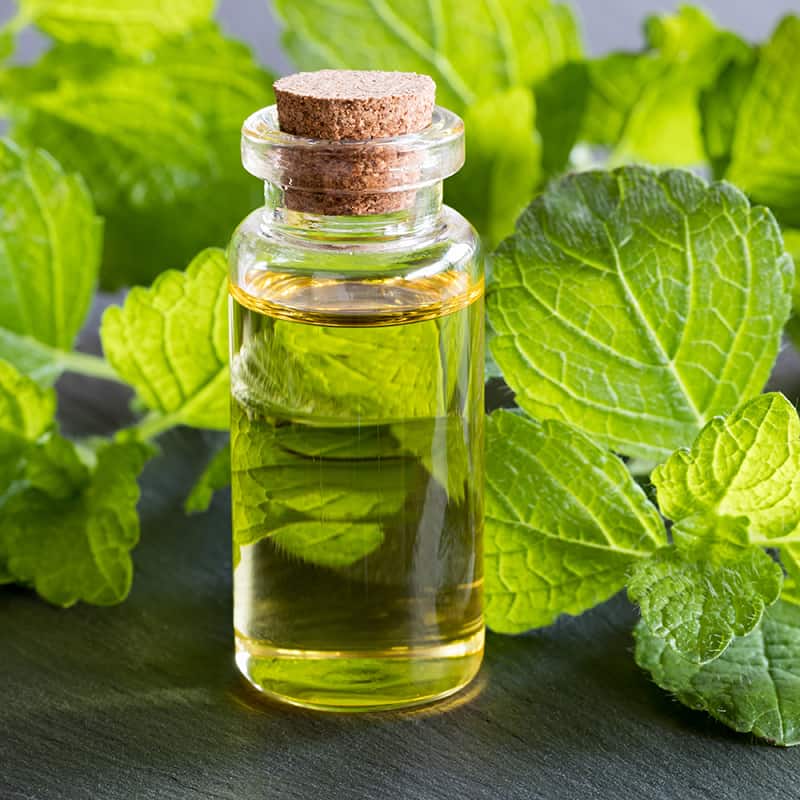
The Lamiaceae (syn. Labiatae) contain many species known for their natural volatile oils with diverse therapeutic advantages and economic importance. Lemon balm (Melissa officinalis L.) is one of the valuable species belonging to this family, which also called bee balm, bee herb, balm mint, lemon balm, Melissa balm (USA) and sweet balm as well as “Badranjboya” (in Persian) . This plant is a native herb to South and Central Europe, Northern Africa, the Mediterranean region, Western Asia, the Caucasus and Northern Iran, but now it grows worldwide. Lemon balm is a perennial, upright, bushy and hairy aromatic herb, grows from 70 to 150 cm tall, with oil rich leaves. The white or pale pink flowers consisting small clusters of 4–12 blossom during the summer .
lemon balm has historically been used for its potential effects on improving memory performance and quality, it is contemporarily more widely used because of its calming effects. Medical authorities of ancient Greece and Rome mentioned topical Melissa as a treatment for wounds. The herb was later used orally as a treatment for influenza, insomnia, anxiety, depression, and nervous stomach. The leaves of lemon balm, M. officinalis L. (Lamiaceae) are used in Iranian folk medicine for their digestive, carminative, antispasmodic, sedative, analgesic, tonic and diuretic as well as for functional gastrointestinal disorders .
essential oils of lemon balm are widely used in many industries such as perfumes and natural cosmetics, flavored beverages and ice creams, confectionery/or candy and backed products.
Distillation Metode
steam distillation
Main components are citronellal, citral a, citral b, and β-caryophyllene, as well as other monoterpenes and sesquiterpenes. The chemical composition of the essential oil of the plant leaf has also been studied. Citral is a mixture of two monoterpenes, geranial and neral. Due to its intense lemon aroma and flavour, citral is used widely in foods and cosmetics.
Other ingredients are tannins unique to the Lamiaceae, such as triterpenylic acid, bitter principles, and flavonoid.